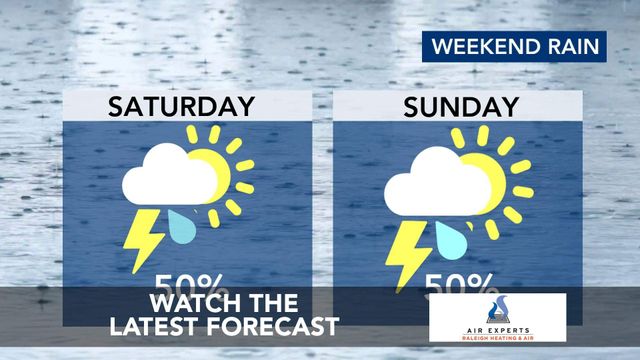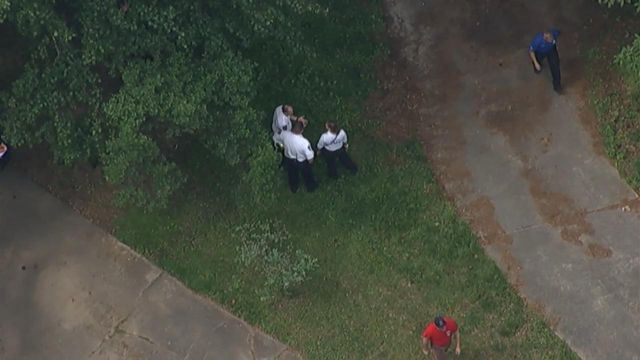Is online shopping bad for the planet?

Q: How much do I need to worry about the impact of my online shopping?
The convenience of online shopping is hard to beat. But it uses a lot of energy and resources and can lead to more waste.
Transportation needed for online shopping spews greenhouse emissions. Three billion trees are cut down every year to produce packaging for all kinds of things, e-commerce included, according to some estimates. The data centers needed to store and retrieve orders consume about 10 times the amount of energy of a typical home and gulp precious groundwater for cooling.
Sounds bad, right? Read on.
Online shopping isn’t always the worst choice. Efficiency is a big factor.
Think of it like this: A single truck delivering orders to several homes could be less of a drain on the environment than several shoppers hopping in cars to drive to stores. That’s especially true if people group their purchases into less-frequent deliveries.
One study from the Massachusetts Institute of Technology even found that online shopping could be more sustainable than traditional shopping in more than 75% of scenarios that researchers came up with. Those scenarios imagined things like an online shopping experience with all-electric shipping and reduced packaging.
Online retailers and delivery companies have been trying to make online shopping more climate friendly. Some have embraced electric vehicles.
Amazon.com, for instance, has pledged to have 100,000 electric delivery vehicles on the road by 2030, a move that it says will prevent millions of metric tons of planet-warming carbon from being released into the atmosphere. UPS has plans for updating its fleet with electric vehicles, but those plans hit a snag when the company it had contracted to provide the new trucks ran into financial problems. FedEx plans to convert its entire parcel pickup and delivery fleet to EVs by 2040, with plans for half of its fleet to be electrified by next year.
Some companies are also experimenting with robot and drone deliveries. But there are other things to consider.
Packaging and waste are also important.
Companies like Amazon have also started to cut back on packaging, which in the early days of online shopping produced laughable mountains of boxes, Bubble Wrap and other padding for tiny items. It still happens from time to time now, even with the effort to reduce. Some companies have begun using more reusable, recyclable and even biodegradable packaging. But millions of pounds of plastic from packaging still end up in rivers, oceans and landfills.
Maybe the biggest thing: How much stuff we buy.
So, it’s complicated. But there’s one foolproof thing you can do for the planet and for your bank account: Buy less stuff.
The production and use of household goods and services are responsible for 60% of greenhouse gas emissions worldwide, one 2015 study found. In the United States, more than 20% of emissions are directly attributed to household consumption, according to researchers at the University of Michigan.
Many of those lamps, toasters, sweaters and other items are imported, arriving in the United States on carbon-emitting cargo ships or airplanes. The shipping industry alone accounts for 3% of global greenhouse gas emissions.
Things to try: Buying in bulk, slow shopping and bundling orders.
Climate organizations encourage buying secondhand items or fixing the broken things you already own. An increasing number of companies offer repair services, sometimes for free. YouTube videos offer step-by-step guides for fixing a surprising number of items. Local meetups for mending clothing or repairing appliances are becoming a thing.
If you are going to buy stuff online, there are many ways you can make your online shopping more sustainable.
Take a minute to look at size charts and read reviews to cut back on returns. Many studies say online shoppers are five times more likely to return an item, which means a lot more transportation emissions.
If you’re ordering several items, try to group your orders into one shipment. Many companies will ask if you want to do so; don’t forget to seek out that option. The Better Business Bureau suggests buying in bulk to cut down on packaging for individual items and taking advantage of delivery to pickup locations.
Practice slow shopping. Pause and think about whether you need an item. It’s easy to get a rush from buying something new, but environmentalists suggest getting your dopamine fix from something entirely different: Try taking a walk instead.
This article originally appeared in The New York Times.









